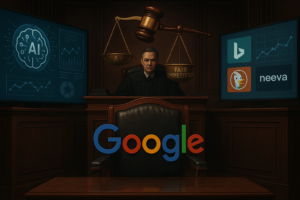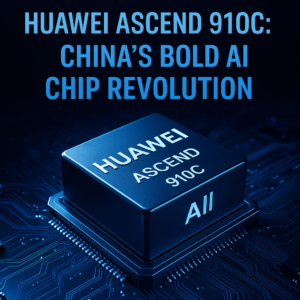Tesla Unveils Cybercab: A Step Towards Autonomous Vehicles
In a highly anticipated event, Tesla showcased its latest innovation, the Cybercab, at a Hollywood studio, marking a significant step in the realm of autonomous vehicles. However, the rollout of this robotaxi has not been without skepticism, as the company has faced mounting pressure regarding the reliability and safety of its Full Self-Driving (FSD) technology.
Elon Musk, Tesla’s CEO, introduced the Cybercab as an AI-powered vehicle devoid of traditional driving controls, like steering wheels or pedals. This futuristic design is a clear indication of Tesla’s vision for the future of transportation, where vehicles operate independently, allowing passengers to relax or even sleep during their journeys. Musk expressed optimism about advancing from supervised to unsupervised driving capabilities, promising a scenario where passengers can fall asleep and wake up at their destination.
Challenges Ahead
Despite these ambitious claims, the journey to achieving fully autonomous driving has been fraught with challenges. Tesla began selling its FSD software nearly a decade ago, yet many analysts and investors remain doubtful about its effectiveness. Concerns have been amplified by incidents involving Tesla vehicles and the ongoing investigations by U.S. safety regulators into the FSD and Autopilot systems. These investigations have raised alarms regarding Tesla’s capacity to ensure that human drivers remain attentive while using these advanced systems.
Musk’s announcement of the Cybercab, expected to be priced under $30,000 and available by 2026, comes at a time when competitors like Waymo and General Motors’ Cruise are already operating autonomous vehicles on public roads. These companies have garnered attention for their successful deployments of self-driving technology, thereby increasing pressure on Tesla to deliver results.
Criticism and Competition
Critics argue that Tesla’s history of overpromising and underdelivering on its autonomous driving capabilities may hinder its credibility. “Tesla yet again claimed it is a year or two away from actual automated driving — just as the company has been claiming for a decade,” stated Bryant Walker Smith, a law professor and expert on automated vehicles. He emphasized that while other manufacturers have tangible autonomous vehicles on the roads, Tesla is still in the development phase.
The unveiling event featured not only the Cybercab but also other futuristic concepts, such as:
- A self-driving minibus capable of transporting up to 20 passengers
- Humanoid robots designed for household tasks
These innovations signal Tesla’s broader ambition to integrate AI and robotics into everyday life, positioning themselves as leaders in the evolving landscape of transportation.
Looking Ahead
Nevertheless, the path forward is not without roadblocks. Musk has acknowledged that previous timelines for the deployment of autonomous fleets have proven overly optimistic. He had initially promised a fleet of robotaxis by the end of 2020, a target that has long since passed without fruition.
As the industry progresses, Tesla’s ability to navigate regulatory hurdles will be crucial. Recent recalls and safety investigations into the FSD capabilities reveal a landscape fraught with challenges that could affect public perception and adoption of autonomous technologies. The National Highway Traffic Safety Administration’s scrutiny of Tesla’s systems and the Justice Department’s inquiries further underscore the importance of safety in the development of AI-driven vehicles.
Despite these hurdles, the unveiling of the Cybercab represents a pivotal moment in the pursuit of autonomous mobility. As Tesla continues to innovate and push the boundaries of technology, the success of its robotaxi initiative will hinge on the efficacy and safety of its AI systems. The coming years will be critical in determining whether Tesla can fulfill its vision of a fleet of self-driving vehicles that redefine transportation. In this race towards an AI-driven future, the stakes are high, and the world will be watching closely as the story unfolds.


